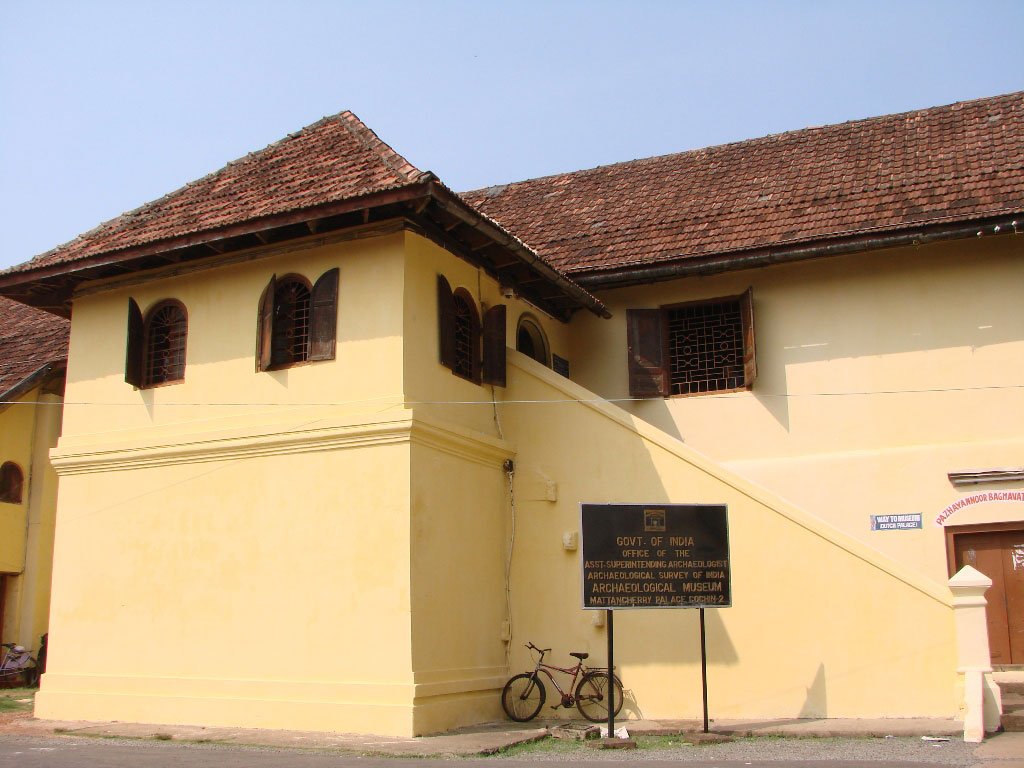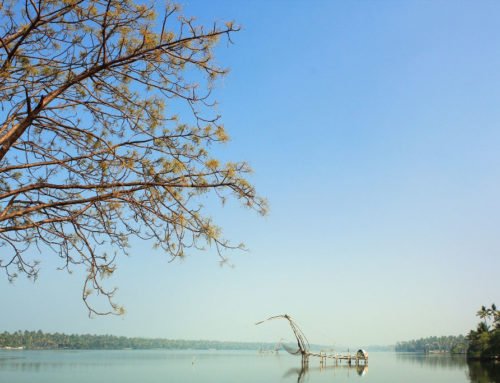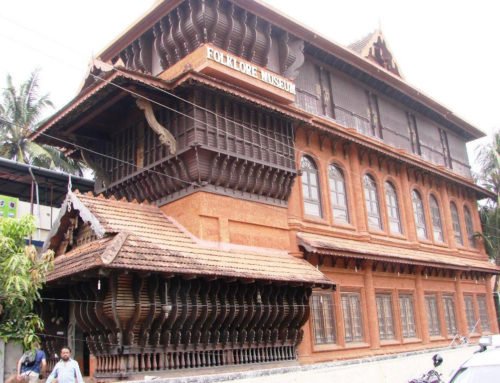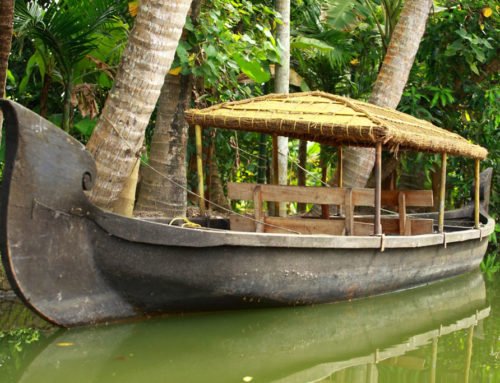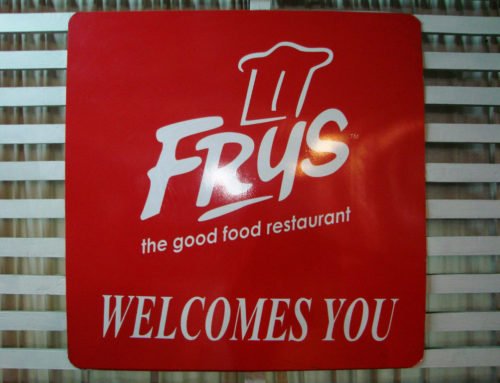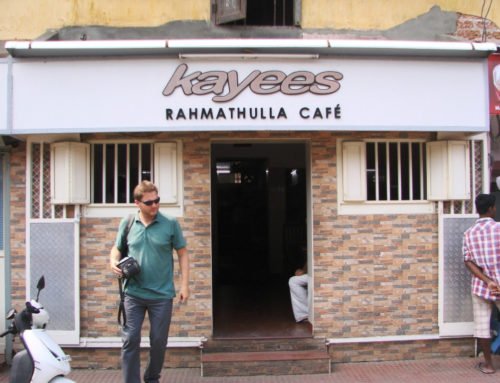Overview
- Features: Palace turned museum showcasing impressive murals
- Opening Times: 8am to 5pm, daily
- Best Time to Visit: Any time of the year
- Duration: 1 to 2 hours
- Travelled By: Auto rickshaw
- Cost: Rs 10
- Address: Bazaar Road, Mattancherry, Kochi, Kerala, India
- Type: Museum
Author Reviews[display_rating_item_results rating_form_id=”2″ rating_entry_ids=”1″ show_category_filter=”false” show_options=”true” result_type=”star_rating” preserve_max_rating=”true” show_title=”false” show_count=”false” ]
Total Rating: [display_rating_result rating_form_id=”2″ show_count=”false” show_rich_snippets=true] [accordions load=”1″] [accordion title=”User Reviews” last] [display_rating_item_results rating_form_id=”5″ show_options=”true” result_type=”star_rating” preserve_max_rating=”true” show_title=”false” show_count=”true” show_rich_snippets=true] [/accordion] [accordion title=”Add Review”][display_rating_form show_email_input=”true” show_comment_textarea=”true” show_name_input=”true” rating_form_id=”5″] [/accordion] [/accordions]
Summary
Also known as the Dutch Palace, Mattancherry Palace was built by the Portuguese in 1555 as a generous gift and gesture of goodwill to the Raja of Kochi, Veera Kerala Varma. The star attractions here are the astonishingly preserved 17th century Hindu murals, representative of Kerala’s temple art, which are religious, decorative and stylised.
Mattancherry Palace Kochi
Also known as the Dutch Palace, Mattancherry Palace was built by the Portuguese in 1555 as a generous gift and gesture of goodwill to the Raja of Kochi, Veera Kerala Varma (1537-61). More probably, it was a used as a sweetener to securing trading privileges. The Dutch renovated the palace in 1663, hence its alternative name, the Dutch Palace.
Mattancherry Palace is an architectural masterpiece showcasing the blend between colonial and Kerala architecture. The layout follows the traditional Kerala pattern known as nalukettus, meaning four buildings, which are set around a quadrangle with a temple. The two-storeyed structure, built around a courtyard with a small shrine to the goddess Bhagavati, is today a museum with a rare collection of murals and royal artefacts.
[singlepic id=1214 w=720 h=560 float=center]
The star attractions here are the astonishingly preserved 17th century Hindu murals, representative of Kerala’s temple art, which are religious, decorative and stylised. The murals depict scenes from the Ramayana, Mahabharata and Puranic legends in intricate detail. The paintings are attributed to the artistic bent of mind of Veera Kerala Verma.
To the left of the entrance and occupying the southwest corner of the Palace, the king’s bedchamber’s (known as Palliyara) low wooden walls squeeze the whole narrative of the Ramayana into about 45 late 16th-century panels. These illustrate the Ramayana, from the beginning of the sacrifice of Dasaratha to Sita’s return from captivity in Lanka. Painted in tempera technique, every inch is covered with rich warm shades of red, yellow, black and white. The paintings in this section are the earliest in the palace, dating back to the 16th century.
[singlepic id=1213 w=720 h=560 float=center]
To the south of the Coronation Hall, the kovinithilam (staircase room) has six large 18th-century murals including the coronation of Rama. Vishnu is in a room to the north. Two of the women’s bedrooms downstairs have 19th-century murals with greater detail. They relate Kalidasa’s Kumarasambava and themes from the Puranas. This stuff is triple x-rated. If you are of a sensitive disposition avert your eyes from panel 27 and 29, whose deer, birds and other animals are captioned as giving themselves up to ‘merry enjoyment’, a coy way of describing the furious copulation and multiple penetration in plain view. The ladies’ bedchamber downstairs features a cheerful, impressively multitasking Krishna, using his eight hands and two feet to engage in foreplay with eight happy milkmaids, whilst also managing to play the flute.
[singlepic id=1211 w=720 h=560 float=center]
In the central Durbar Hall on the 1st floor, where coronation ceremonies were once held, is a portrait gallery of the Kochi rulers from 1864 onwards. These were painted by local artists in western style. The ceiling of the hall is decorated with floral designs in wood craft.
Amongst the other exhibits in the palace are an ivory palanquin (hand-carried carriage), a howdah, royal umbrellas, bejewelled ceremonial outfits used by the Rajas of Kochi, coins, stamps and drawings.
The Dining Hall has carved wooden ornate ceiling decorated with a series of brass cups. The Palace also contains rare examples of traditional Kerala flooring, which looks like polished black marble but is actually a mixture of burned coconut shells, charcoal, lime, plant juices and egg whites.
Photography is prohibited inside the Palace.
Getting to & from Mattancherry Palace
Mattancherry Palace is located in Mattancherry next to Fort Kochi. The easiest way to get here is in an auto rickshaw. Alternatively, you can hire a private car with chauffeur for the day to visit the attractions in the area. Jew Town and the Paradesi Synagogue are nearby as are the Chinese fishing nets, Santa Cruz Basilica and St Francis Church in Fort Kochi.


